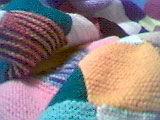It’s swimsuit season, which means it’s time to start obsessing over weight and body image. Of course, weight and body image are as American as deep-fried Twinkies and apple pie a la mode. Obsessed over by both the government and the news media, weight is not solely about obesity, but a continuum:
Dangerously Thin |———————| Normal Body Type |———————| Morbidly Obese
Nobody wants to be dangerously thin or morbidly obese. Most of us content ourselves with falling somewhere in between, and take comfort in being “normal body types.” But there are folks who are not “dangerously thin” or “morbidly obese” or anywhere near “normal.”
They’re larger than life.
The first time I recall meeting someone larger than life was at a social gathering, one of those things where friends of friends finally meet one another. My friend was the party’s host, and she sang at my very large church. I recognized at the party several of her singing friends. I knew these folks only from the JumboTron; I’d never encountered them up close and personal. A few of them brought my celluloid imaginations of them down to proper size, but one commanded the room with her presence as she did from the screen. I wasn’t attracted to her, but I was struck by her. She filled the room, yet remained unapproachable — to me at least.
She was larger than life.
I met another such person recently. I’ll call him Thor, the Lutheran pastor. Thor, of course, is the Norse god of thunder and a founding member of Earth’s mightiest heroes, the Avengers. And it was on a Thursday — “Thor’s Day” — that Thor the Lutheran pastor was in a church telling me how to take care of people. Funny, engaging, and nice, he held the attention of everyone in the room, whether he was saying something silly, offensive, or absurd.
He wasn’t dangerously thin or morbidly obese. He was large and in charge.
And to say I “met” him would be an overstatement. I didn’t introduce myself, because there was no point. He wouldn’t remember me and shouldn’t be bothered by me.
Do you know anyone like that? I can count one or two such larger-than-life types as close friends, but they’re always referred to by both their given names and their surnames, as though one name isn’t enough. They’re good people, doing their best in the world, not going out of their way to draw attention to themselves. But they don’t have to. They were made for the stage and the big screen. There’s a kind of unbridgeable gulf between them — and us.
We find ourselves in awe of such people, especially when they do merely human things. Us magazine has a regular section called “Stars: They’re Just Like Us!” with photographs of celebrities tapping melons and buying gum and scooping their dogs’ poop.
We are awestruck. There they are, living their larger-than-lives. Just like us.
I’ll admit there are days when I wish I were larger than life. I got my chance when I stopped attending a very large church in favor of a very small church. I was 25 years younger than the average congregant. I was well-skilled in the art of very large churching: I was gregarious and magnanimous. I was a handshaker and a backslapper. I was as large-as-life as I can get.
I joined the church’s drama troupe and got to wow the congregation with my grand theatrics. I joined committees and wrote for the church newsletter, which showcased my wit and vocabulary. I released my first book, made a community-outreach video, and became an elder, impressing everyone with my commitment and accomplishments.
And then the day came for the dress rehearsal for our large-scale Easter production. I was the star in two scenes, where I sang a solo and entertained the hoi polloi with my backstage antics. At one point, the pit musicians dropped a cue. Being the consummate acting professional, I waited briefly and then, with great irritation, began my solo. After the rehearsal, I boomed in my larger-than-life voice, in front of the whole cast and crew, “Am I going to get accompaniment for that song or what?”
The next day I magnanimously approached the piano player to make sure we were on the same page after the previous night’s fiasco. She had prepared a statement:
“You know the Bible a lot better than I do.” True, I affirmed, thinking, you hardly know the Holy Scriptures at all, while I know them backward and forward, thank you very much.
“But I’m pretty sure it says something in there about settling disputes privately — not in front of everybody.”
Okay, sure, it does say something like that.
There are times when I like to think that I’m larger than life, but I’m not. It’s all in my big, fat head. In reality, my frame can’t support such an oversized cranium, so sooner or later I’m going to collapse under the weight of my self-regard.
I'm reminded of King Saul, the unwilling first king of Israel, who stood taller than his peers and drew attention to himself without effort. Even when he hid during his coronation, the people sought him out. In making him king, the Israelites were sending a message to the surrounding communities: This is our king. He’s important, powerful, awe-inspiring, and larger than life — just like us.
Soon enough, Saul started playing the part and got himself in over his big, fat head. Meanwhile, his actions got smaller, pettier, and hurtful. Eventually, a larger-than-life Goliath would take his place, and an easily overlooked shepherd boy, David, would bring that giant down. David’s legacy in the Bible is not as a larger-than-life being, but as a down-to-earth, flawed human being — just like the rest of us.
So this summer, while I’m fretting over my figure and watching my weight, I’m going to keep one eye on my big, fat head. It’s the least I can do.
Of course, I’ll keep an eye on all the little people as well. I don’t want to step on their toes as I make my way.
- Follow us on Twitter: @inthefray
- Comment on stories or like us on Facebook
- Subscribe to our free email newsletter
- Send us your writing, photography, or artwork
- Republish our Creative Commons-licensed content

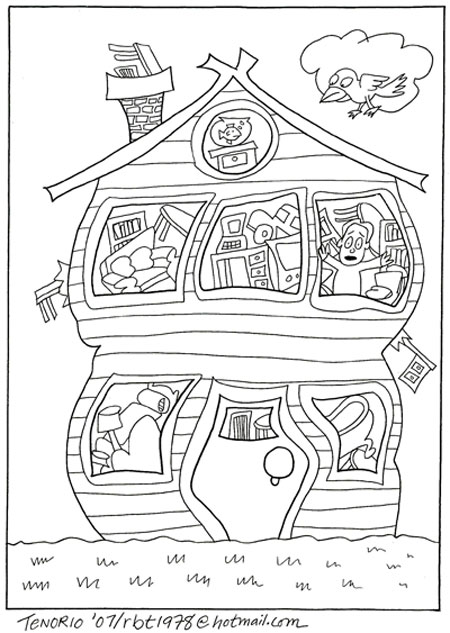
 Attack of the junk bulge.
Attack of the junk bulge. 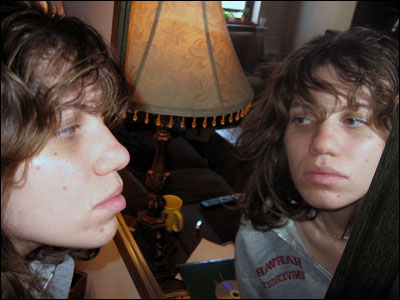
 Sudden weight loss doesn’t make life as a woman any less heavy.
Sudden weight loss doesn’t make life as a woman any less heavy. 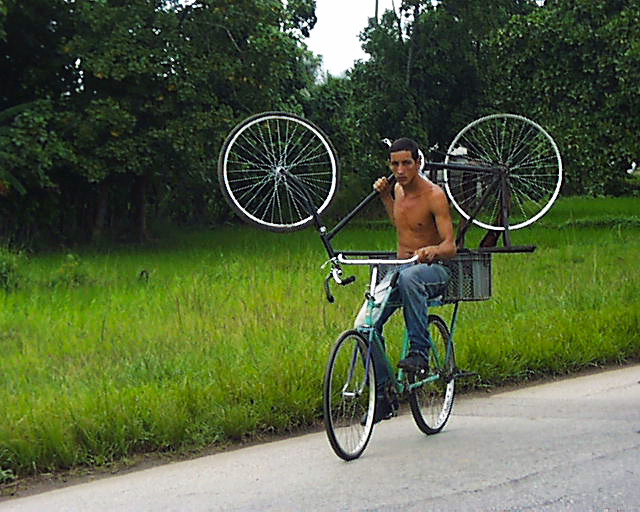




 How traveling puts turning 30 into perspective.
How traveling puts turning 30 into perspective. 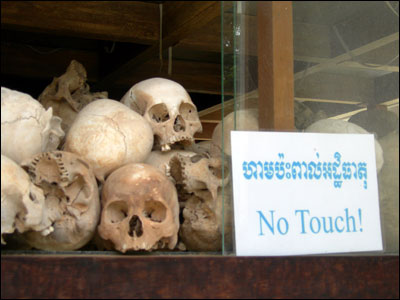
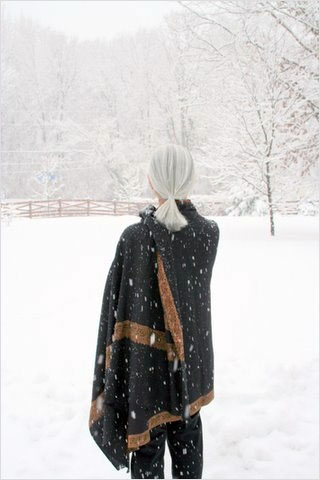
 A quirky look at the first gray hair.
A quirky look at the first gray hair. 